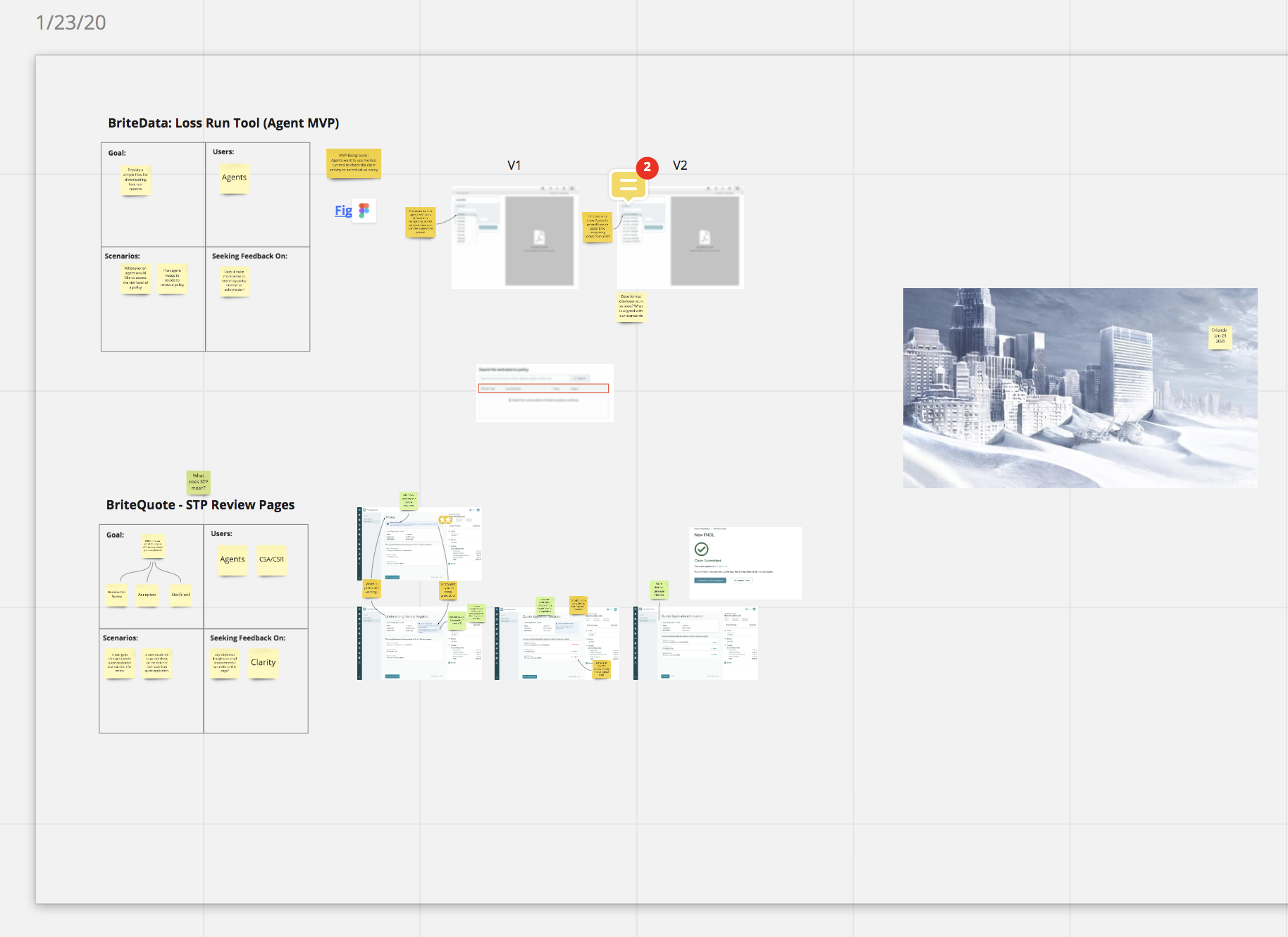After working at a fully distributed company for nearly five years, I’ve learned that working remotely is at its best when it feels like a paradox. On a surface level, many people assume a remote workplace would be less connected or collaborative than a traditional office. While it can have certain challenges, I’ve found that with some thoughtful practices in place, good collaboration isn’t one of them. In fact, it can become a key part of leading remote teams.
Begin With Your Values
Creating a great work environment, whether or not you all are in the same building, starts with valuing the right things. I’ve always felt that these were some of the most important.
Transparency
As much as possible, I’m open with the people who work for me. It’s important to be transparent about new ideas or processes, and about sharing updates related to the company as a whole. When your employees understand the big picture, it’s easier to align around common goals, and everyone benefits.
Honesty
Closely related to transparency is honesty. Everyone wants you to be candid with them, even if this can feel hard at times, for instance if someone is struggling in a position. Radical Candor was a hugely influential book for me in this regard, and it sums up a lot of what I aspire to in how I lead teams.
Empowerment
With honesty and transparency in place, it’s easy for me to empower others to make their own decisions, and trust that they’ll do great work. The times I’ve had to step in and make corrections – which is still a vitally important part of management - are drastically outnumbered by the times I’ve been blown away by the contributions that empowered individuals and teams have made.
Establish a Framework for Collaboration
Even with the right values, people need opportunities to grow and learn together. As Director of Product Design at BriteCore, I put several practices in place to make sure our team was working well together.
Design Critiques
Our weekly critique sessions are informal video chats where we give and receive feedback on in-progress design work. We used a Miro board, and short briefs the designers fill out beforehand to facilitate the discussion. As our team grew, we split this meeting into two separate sessions, so that the discussion still felt personal (and not like a formal presentation).

Great Tooling
Working remotely would be much harder, if there weren’t so many great tools these days. Here are some of the ones we’ve used the most:
- Figma: For a remote design organization, switching to Figma from Sketch was huge for us. Simultaneous editing was a nice perk, but the best feature was the fact that our design system became much easier to update and use.
- Miro: I’ve referenced this virtual whiteboard many times, and it’s hard to overstate its impact at BriteCore. We use it for organizing design discovery sessions, roadmaps, org planning and information architecture, among other things.
- Slack: Obvious, but still worth mentioning. There can be a lot of noise, but for many remote companies, it is the office.
- Google Suite: We’ve been through a lot of project tools at BriteCore, but google docs and sheets have stuck around. When I want to have a more focused discussion on an important topic, I write a doc for it.
- Github: Using github as a way to review pull requests is a great way to work closer with developers.
Routine 1:1s
Every week, I meet with my employees, using an agenda for the discussion that the designers are expected to fill out. This helps me understand what things are on their mind, and helps get in front of any potential issues. This is a given, in my opinion, for any manager.
Round-Robin Sync Ups
Recently, we’ve also started having the designers meet with one of the peers every week. These randomized sync ups help build shared understanding of what everyone is doing and give designers another way to feel connected to their colleagues.
Department All Hands
Written communication is a vital part of a remote organization, but I’ve found if you want to make sure people understand important information, there’s no substitute for an all-hands meeting. We held these every two weeks, and typically discussed departmental objectives, new clients and org-wide process changes.